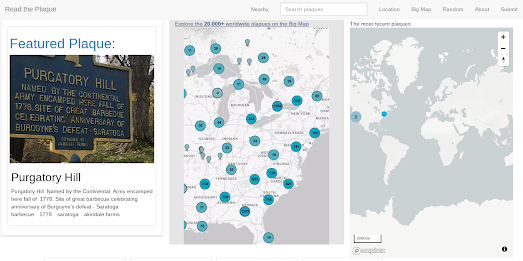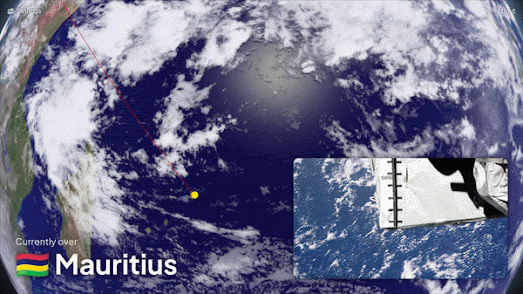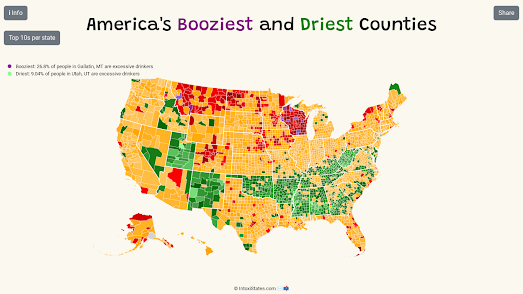Reporters Without Borders (RSF) has released its annual World Press Freedom Index report. The 2024 report analyses and maps the levels of press freedom in countries around the world. The map ranks the level of press freedom in countries based on five different indicators. Norway, Denmark and Sweden respectively lead the 2024 rankings.
The United States has fallen to 55th overall. Once seen as a model of freedom of expression the United States continues to fall down the world rankings for press freedom. The RSF reports that in America, 'a growing interest in partisan media threatens objectivity, while public confidence in the media has fallen dangerously'. The RSF also notes that President Biden has personally been criticized for "failing to press US partners like Israel and Saudi Arabia on press freedom".
According to RSF the biggest threat to press freedom in the last year were politicians and political authorities. The organization uses five indicators to compile its country press freedom rankings. Of these five indicators the political indicator has fallen the most, reflecting a trend where many political authorities are in fact trying to control the media and suppress news and information instead of protecting and guaranteeing press freedoms.
The RSF points to a "clear lack of political will on the part of the international community to enforce the principles of protection of journalists" linking this directly to the more than 100 Palestinian reporters who have been killed by the Israel Defence Forces in the last year.
According to the Committee to Protect Journalists' annual report, Attacks on the Press, nearly 75% of journalists killed around the world in 2023 died in Israel’s war on Gaza. You can explore the results of the CPJ's report for yourself on the Attacks on the Press 2023 interactive map. This story map takes you on a guided tour of the report's findings into the continuing attacks on the liberties and lives of journalists around the world last year.
Israel and the Occupied Palestinian Territory saw by far the largest number of journalist killings last year. Of the 99 journalists killed around the world in 2023, 72 were Palestinians. China, Myanmar, Belarus, Russia, and Vietnam were responsible for jailing the most journalists, many of them without trial.
Mapping Media Freedom is another organization which is dedicated to tracking attacks on the free press. Mapping Media Freedom maps threats to the media throughout the European Union and neighboring countries. It is a joint initiative from the Index on Censorship, the European Federation of Journalists and Reporters Without Borders. The map uses clustered markers to show the locations of crowd-sourced reports of threats, violations or limitations faced by journalists, newspapers or other media.
You can filter the reports shown on the map by location, date range or category. The categories include different types of censorship and limits to press freedom. They also include the option to filter by gender, type of journalist and the source of the threat to media freedom.
























